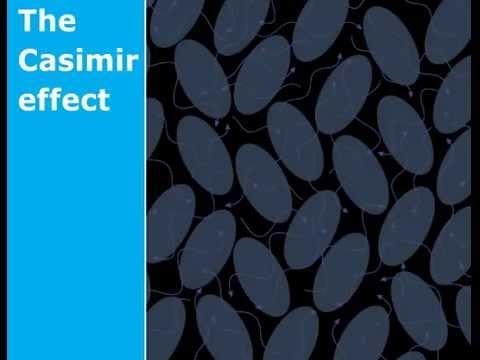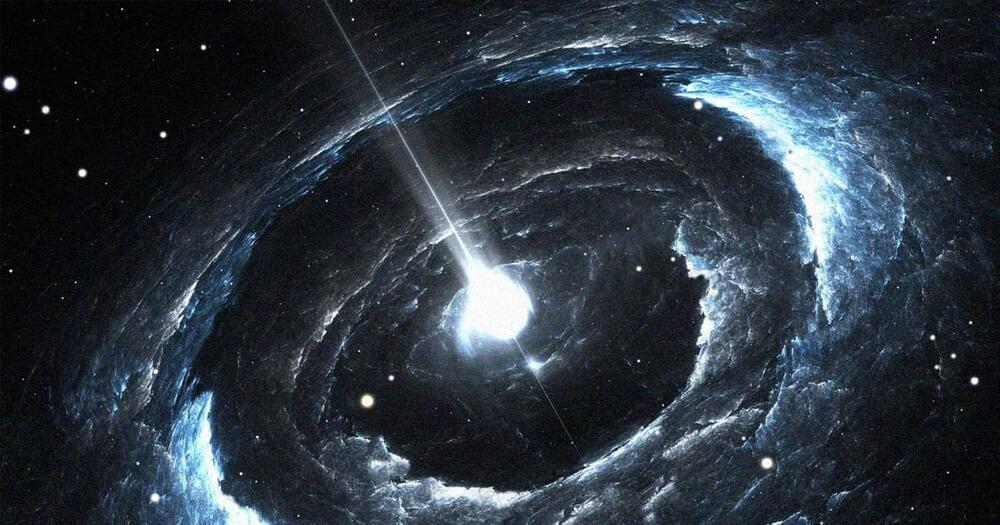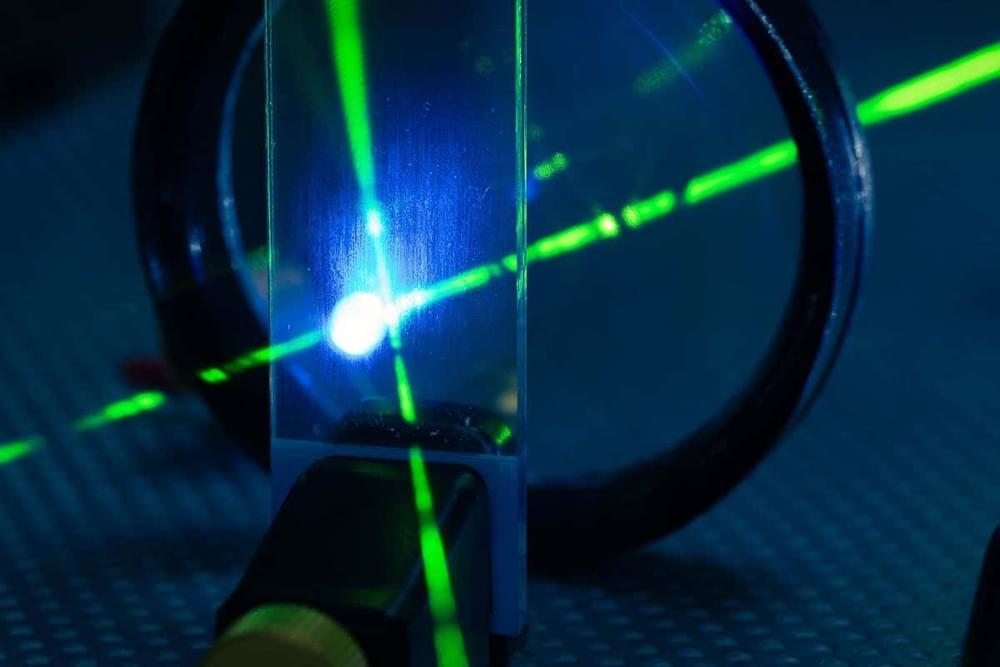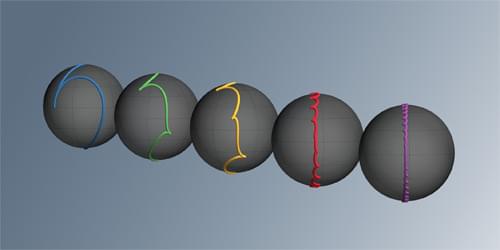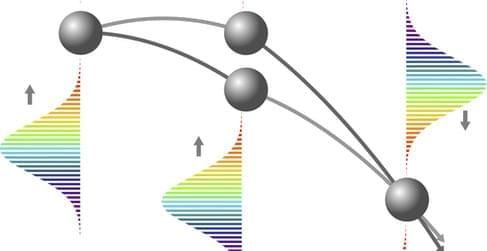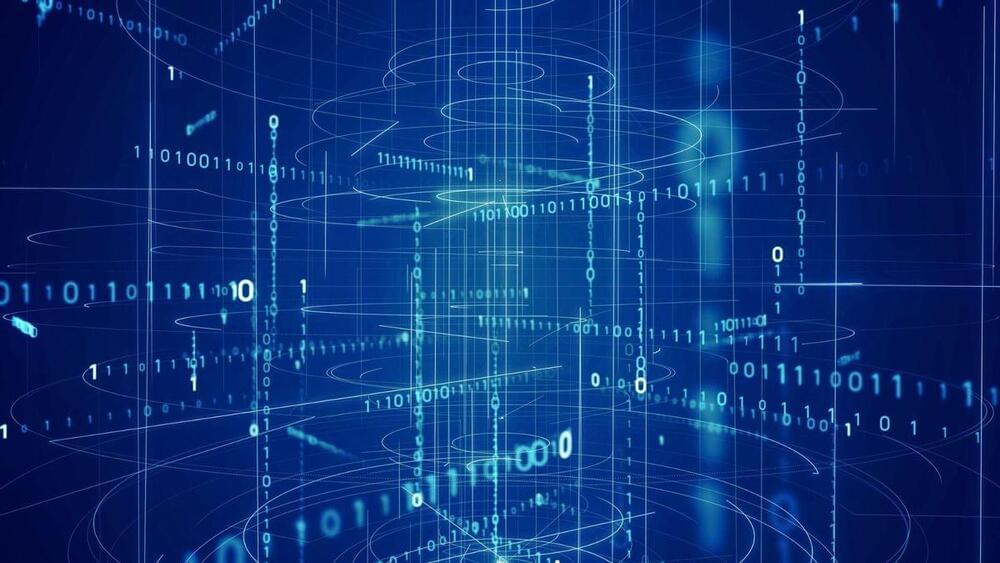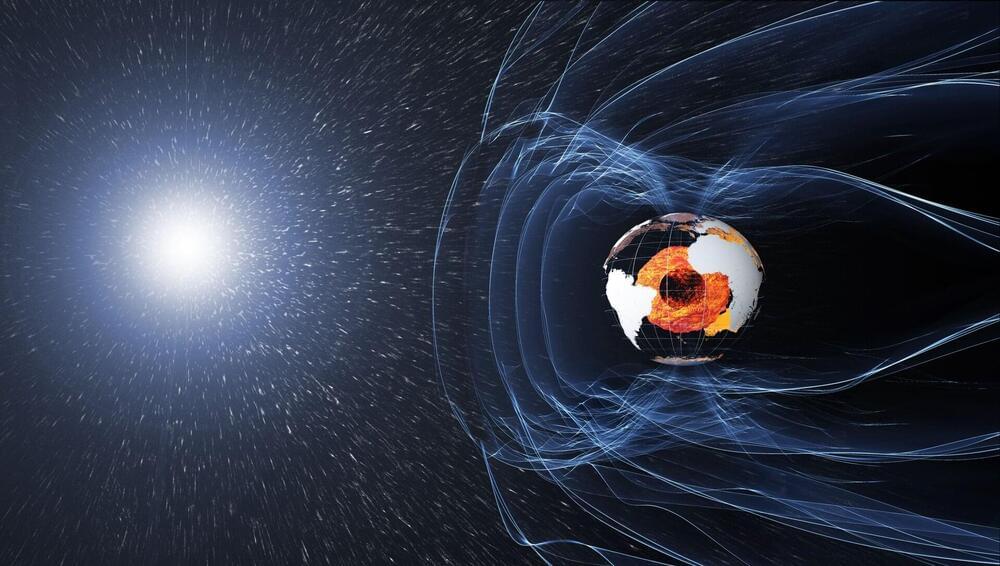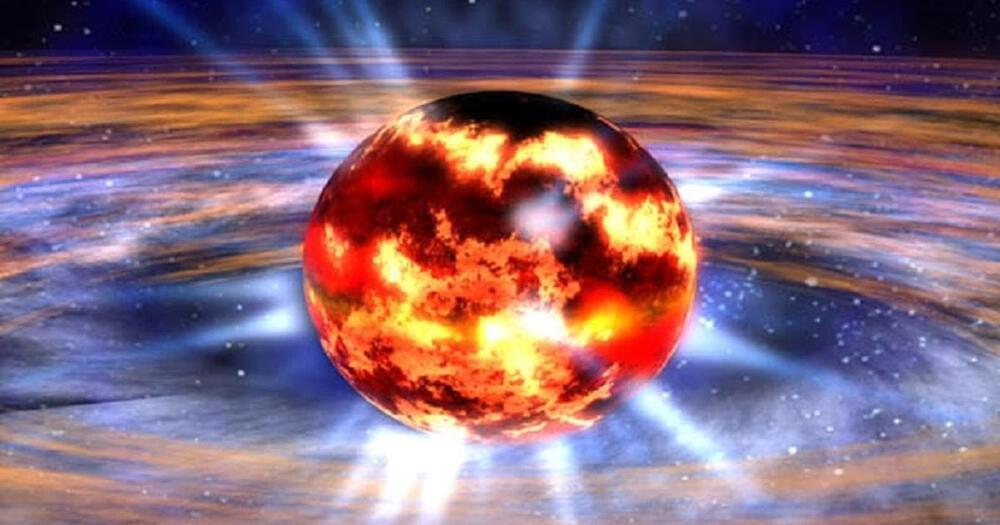Oct 25, 2022
Auroras are responsible for punching holes in the ozone layer
Posted by Gemechu Taye in categories: particle physics, space
A type of aurora briefly tore a 400 km wide hole in Earth’s ozone layer.
An international team of researchers showed that a certain type of aurora called the “Isolated proton aurora” depletes our atmosphere’s ozone layer. They discovered a nearly 250-mile-wide (400 kilometers) hole in the ozone layer right above where an aurora occurred. Before now, the influence of these particles was only vaguely known. The study is published in Scientific reports.
What causes the auroras?
Continue reading “Auroras are responsible for punching holes in the ozone layer” »

